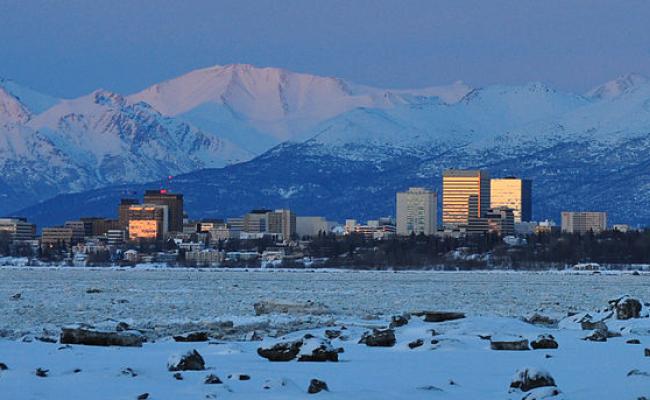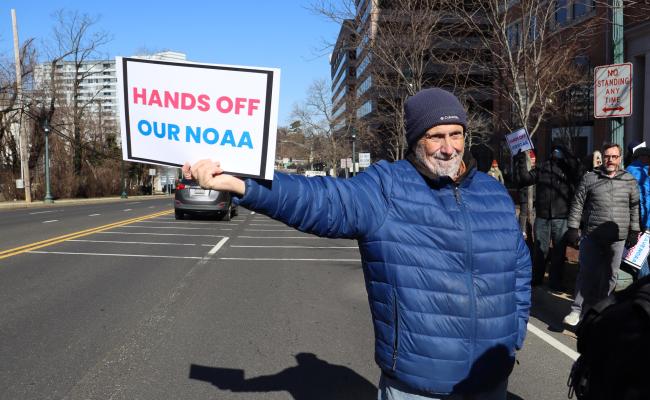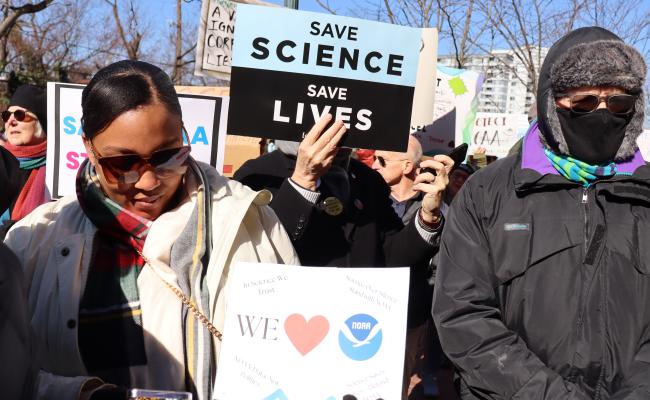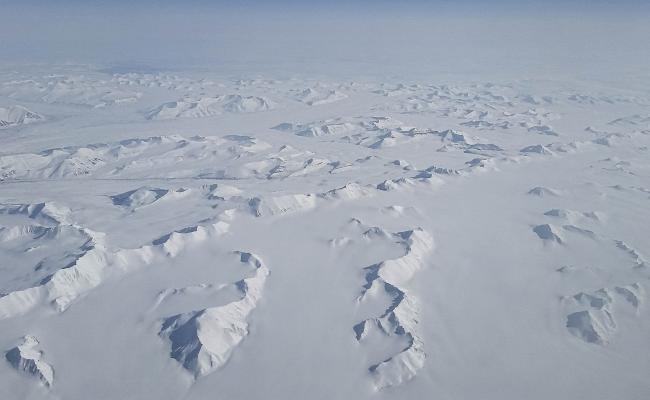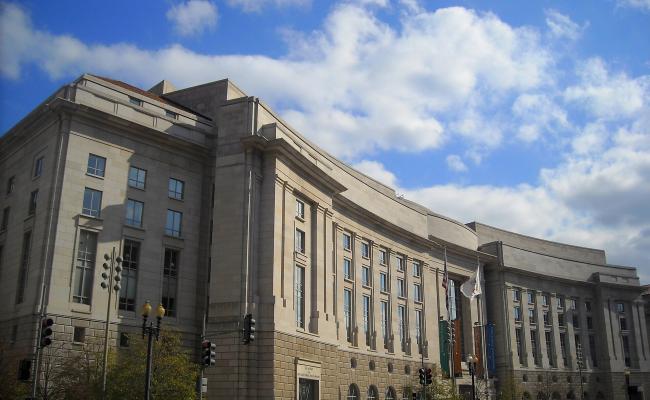US Climate Researcher: “We Are at a Tipping Point”
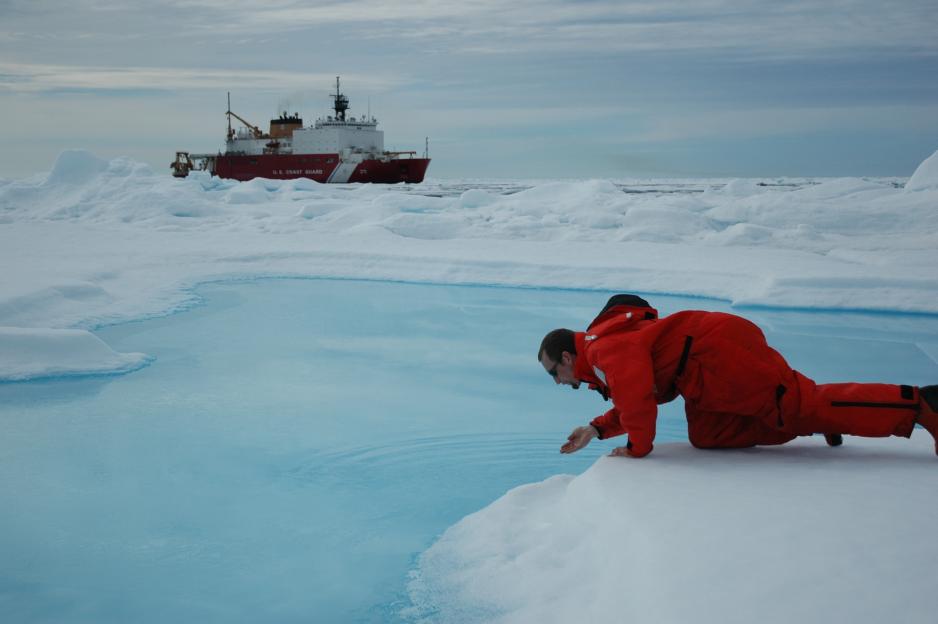
The NOAA was hit hard by DOGE's efforts to reduce the federal workforce this year. Here is one of their scientists in the Canada Basin, Arctic Ocean, with the USCG Icebreaker HEALY in the background in 2005. (Photo: Jeremy Potter NOAA/OAR/OER via Flickr)
Climate researcher Zack Labe was one of hundreds of scientists laid off at the National Oceanic and Atmospheric Administration by DOGE this year. He believes we're at a tipping point and that "there could be a complete gap in the next generation of scientists."

Climate researcher Zack Labe. (Photo: Private)
Zack Labe is a climate researcher who, until recently, worked at the National Oceanic and Atmospheric Administration (NOAA).
He worked at NOAA's Geophysical Fluid Dynamics Laboratory, where he worked on a wide range of topics aiming to understand climate change versus natural variability better. He says the work included using new AI and machine learning approaches to predict extreme weather events to give communities early warning and find ways to communicate this information.
The NOAA was massively hit by the Department of Government Efficiency (DOGE), spearheaded by Elon Musk, earlier this year. This was part of the government's efforts to reduce the number of federal workers.
The majority of the dismissed federal workers were probationary employees. Tens of thousands were fired in a sweeping cut across the nation. While some have been reinstated following court orders, the situation remains uncertain for many, as the US government continues looking for ways to slash costs.
Labe says he and all other probationary workers at NOAA received their notice at the end of February. When asked what reasons were provided for their dismissal, he says that they were all given a blanket statement.
"Essentially, everyone was given the same reason, which was something very ambiguous, like 'Your research did not meet the interest of the public anymore,'" says the climate researcher.
Leading up to the termination, he and his colleagues received many confusing e-mails at strange hours of the day, making them feel unwelcome.
"They seemed to encourage people to resign or leave their positions. It made it feel like there was a lack of certainty in the work environment."
Also read (article continues below)
The next generation of scientists
What message do these layoffs send to the scientific community and the public about the value of climate science?
"One thing that concerns me a lot is support for the next generation of scientists and early-career scientists. There are budget cuts, layoffs, people are losing their grants, and many students have had their graduate school offers rescinded at the last minute, and internships have been cancelled," says Labe, adding:
"It feels like we are at a tipping point right now where there could be a complete gap in the next generation of scientists who are just trying to make our lives better in the future and improve the economy, public security, and health."
"So that's one of the key things that I'm very concerned about, the message this is giving for inspiring students to want to study science."

On March 3rd, hundreds gathered for the HANDS OFF NOAA Rally at the NOAA Headquarters in Maryland. (Photo: Elvert Barnes via Flickr)
The National Oceanic and Atmospheric Administration
NOAA is an American scientific and regulatory agency charged with forecasting weather, monitoring oceanic and atmospheric conditions, charting the seas, conducting deep-sea exploration, managing fishing, and protecting marine mammals and endangered species in the US exclusive economic zone.
The agency says that their "reach goes from the surface of the sun to the depths of the ocean floor as we work to keep the public informed of the changing environment around them."
NOAA’s products and services support economic vitality and affect more than one-third of America’s gross domestic product, according to their website.
NOAA’s mission to better understand our natural world and help protect its precious resources extends beyond national borders to monitor global weather and climate, and work with partners worldwide.
Historically understaffed
With hundreds of employees gone from the crucial scientific agency, there is concern about how this will impact important scientific data gathering when there are not enough people to support these functions.
"Historically, NOAA has been understaffed. They need more resources and more people to understand extreme weather, even if it is independent of climate change. Extreme weather impacts millions of people almost every month," says Labe, and continues:
"NOAA is the foundation for much of the world's information on weather and climate. They provide the resources to monitor it, such as satellite observations, weather station data, and buoy data. They also provide research to create models to better predict extreme weather."
"Any reductions in budgets and fewer people to be able to provide the resources to support these observations will only lead to more inaccurate possibilities for weather forecasting."
Implications for the Arctic
The NOAA's extensive coverage area entails that the cuts in the agency also have consequences for the Arctic.
"The Arctic is a unique place, and it is an area where we don't have many observations, and we need more. It is the fastest changing place in terms of climate change, rapid warming, loss of sea ice, and so on. But it is also a harsh environment that is distant and remote, which makes gathering observations difficult," says Labe, and adds:
"Historically, we have always needed more resources and observations through weather stations and ice buoys in the middle of the Arctic Ocean to collect these data to understand the changing climate."
On May 6th, the National Snow and Ice Data Center (NSIDC) announced that it may no longer actively maintain or update some of its snow and ice data products after losing support from NOAA’s National Centers for Environmental Information.
"These are some key polar data sets, one of them being the Sea Ice Index, which has been a crucial product for providing sea ice data both across the whole Arctic and also regional data. These are used for so many purposes that affect Arctic communities and Arctic science," the climate researcher explains.
Rather than considering moving abroad, we are considering moving out of science.
Relocating
With the limitations imposed on the science community in the US, other countries are now looking to recruit American researchers. The Nordic countries have launched funds to lure US scholars abroad, and China is also pursuing laid-off scientists.
But relocation is not an option for many of the researchers, including Labe.
"It is definitely something I've been contacted about, as well as my colleagues. But it is quite a difficult decision. It is financially expensive, and people have families to worry about. It is not an easy solution," he says.
"I think some people will take the opportunity, but for many of us, including myself, we will need to think it through more carefully."
Labe wants to continue working with climate science, but admits that it will be challenging since much of the climate work has been funded by taxpayer dollars through the government.
"Rather than considering moving abroad, we are considering moving out of science and pivoting our careers because of the lack of opportunities," he concludes.


